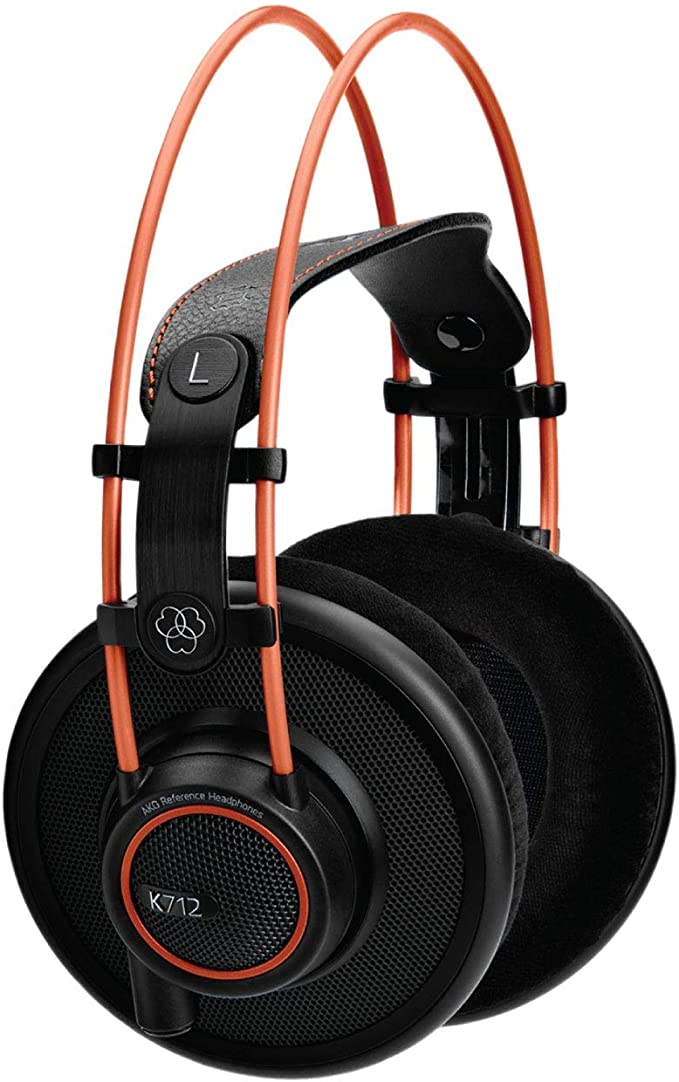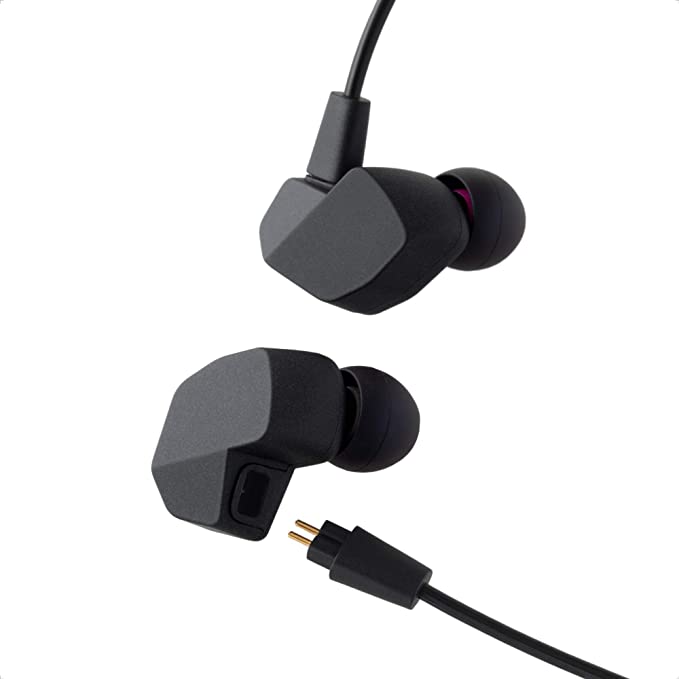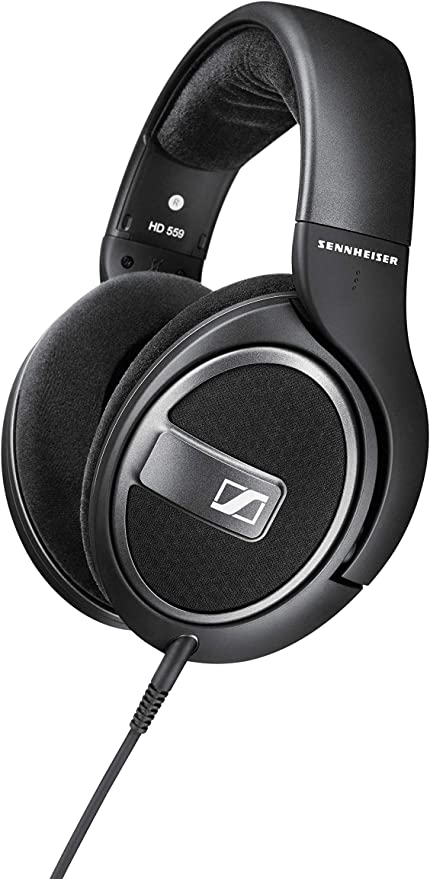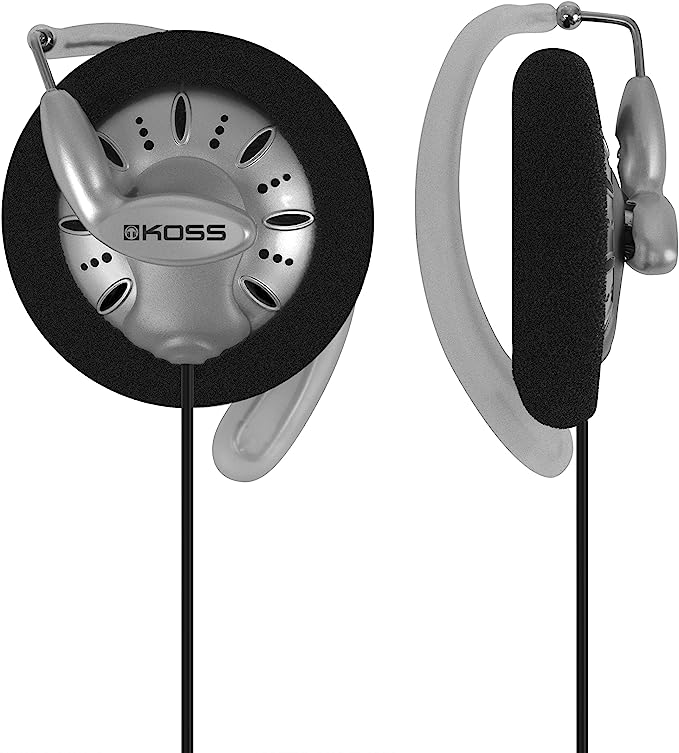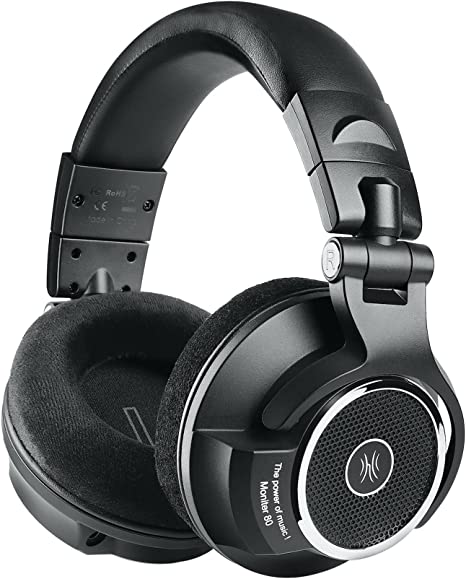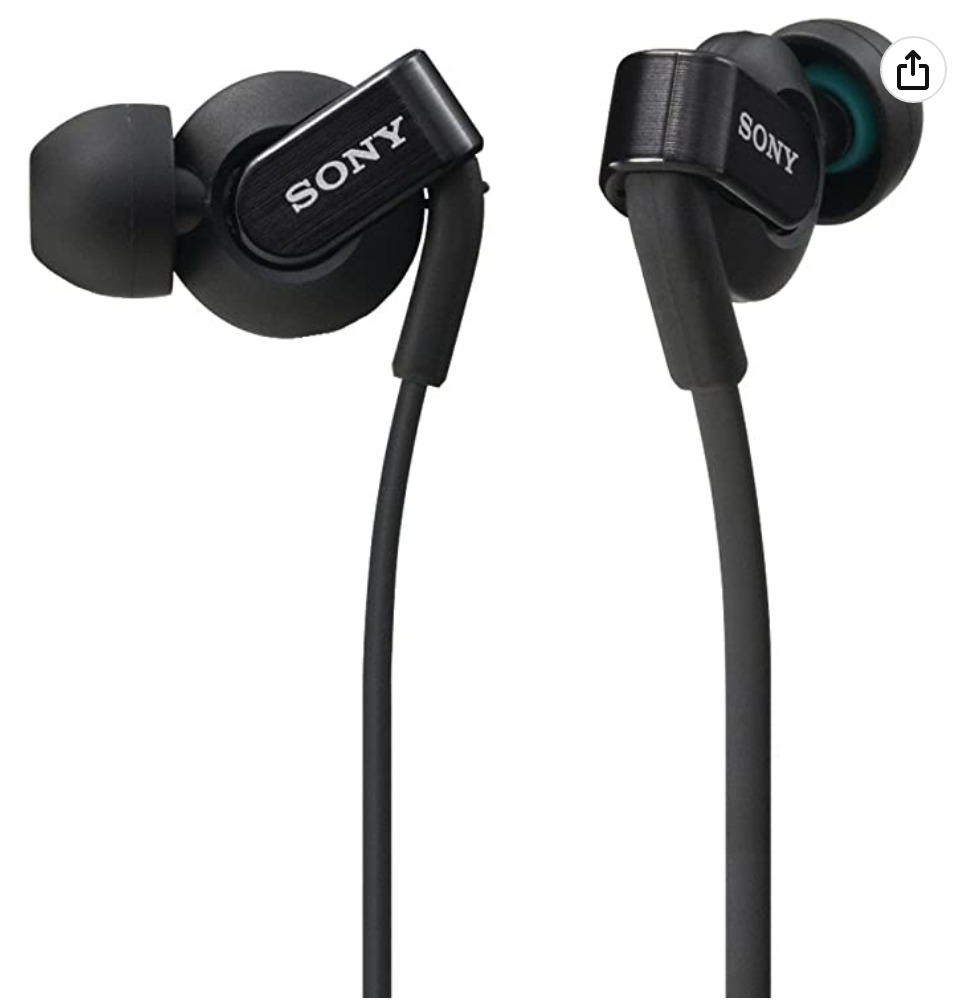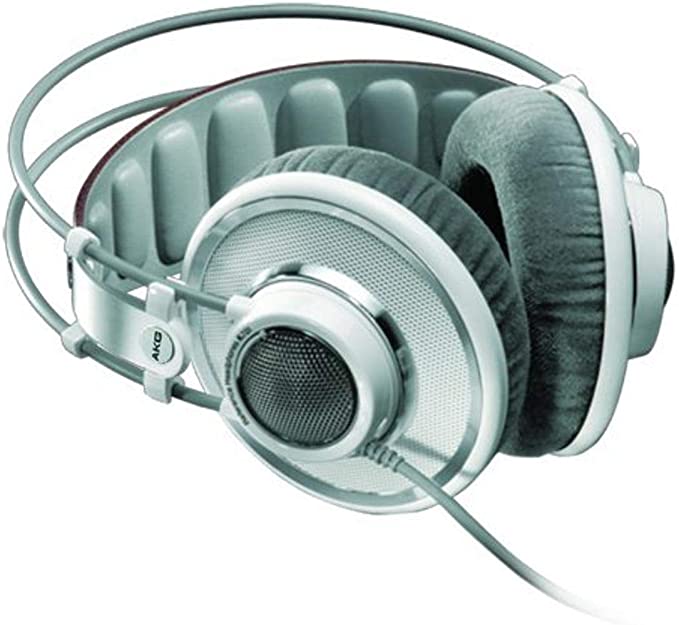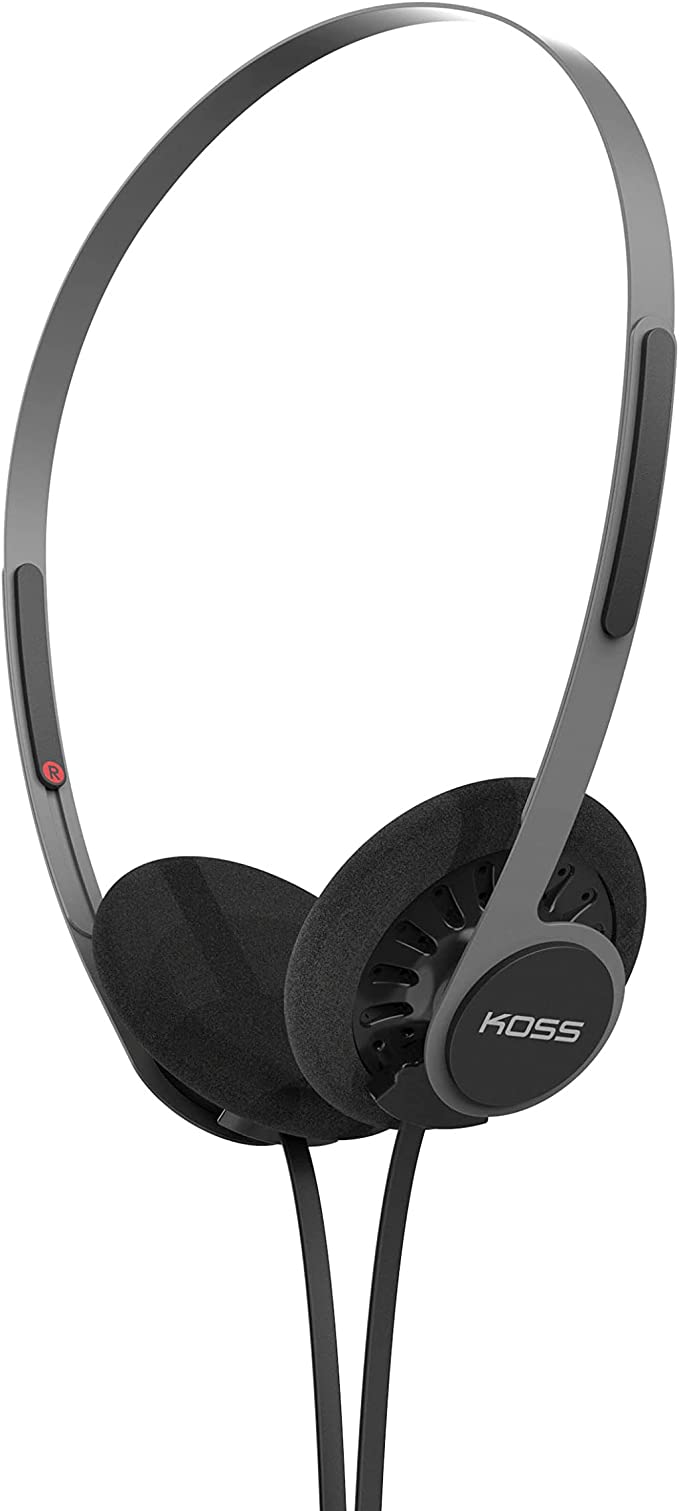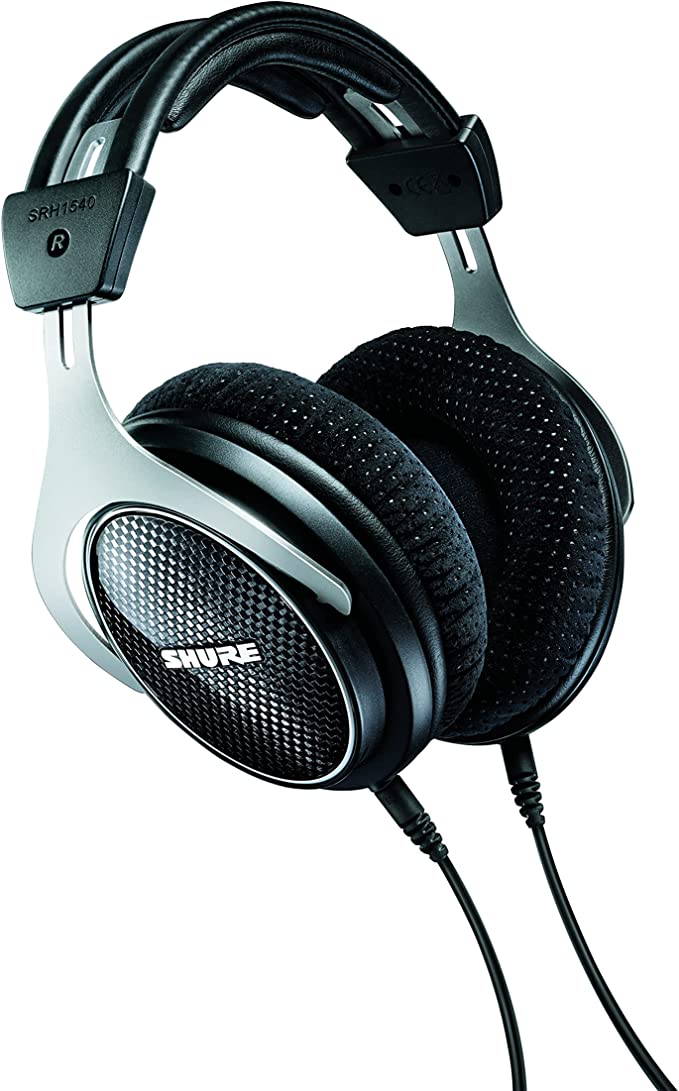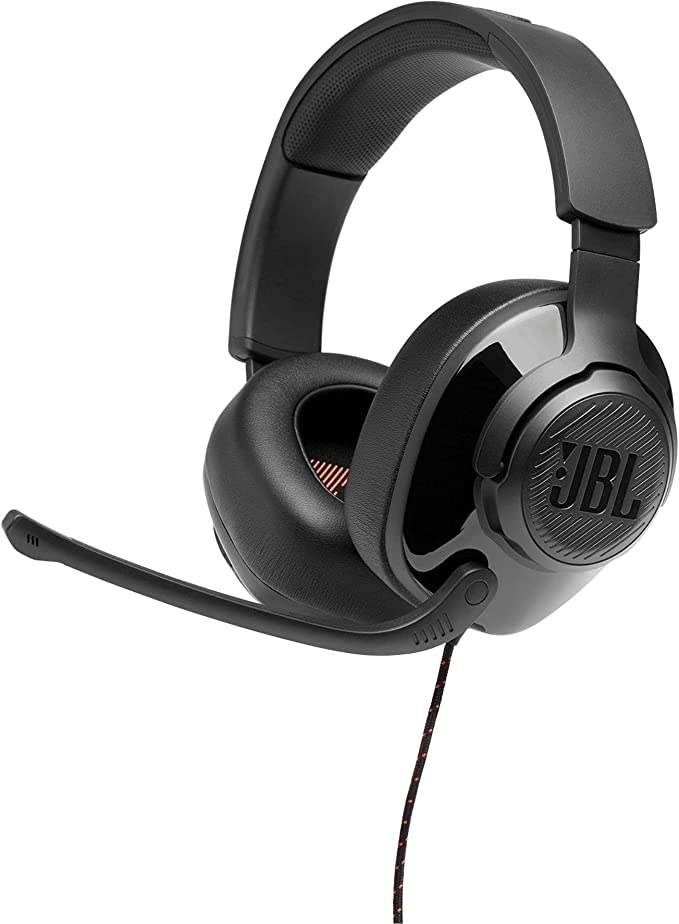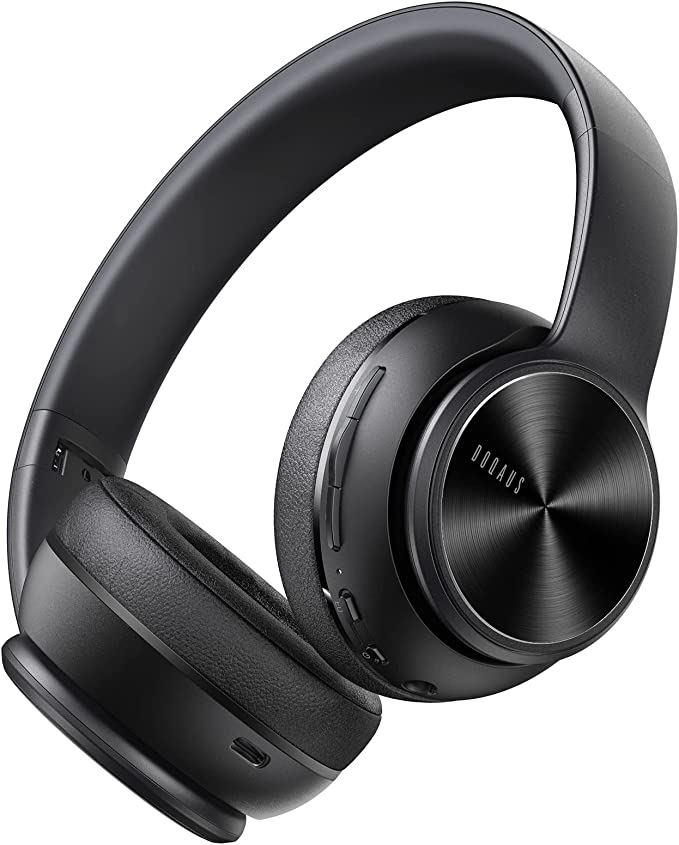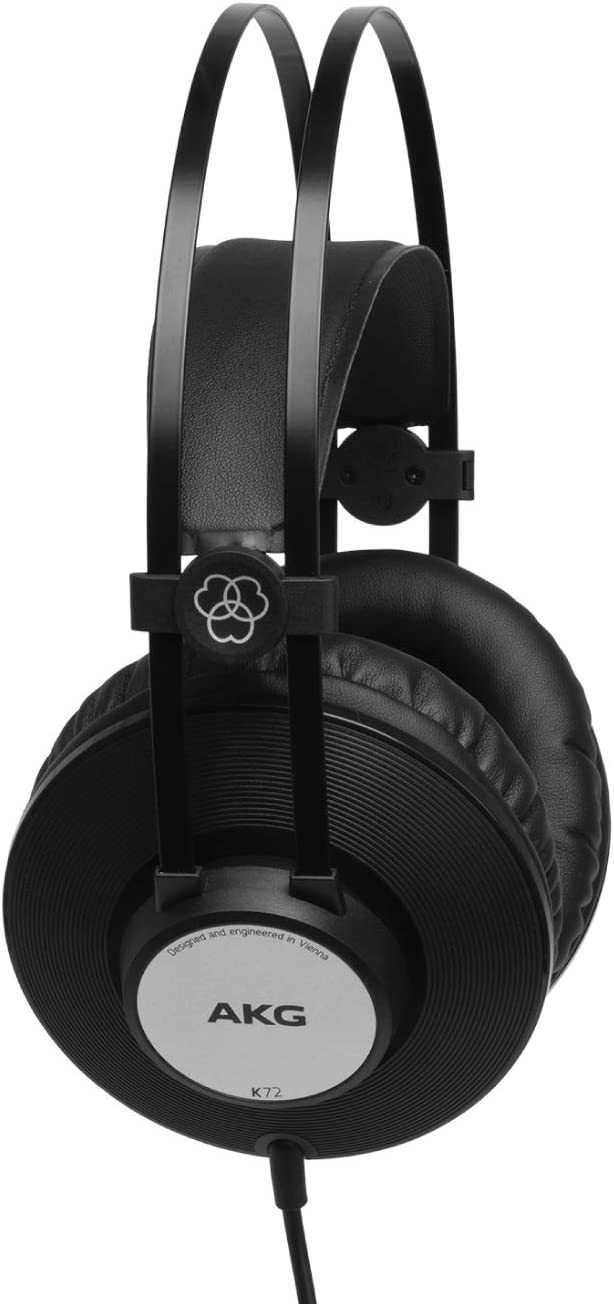The Anti-Isolation Manifesto: Understanding Open-Back Wireless Audio (Case Study: Koss KSC35)
Update on Nov. 24, 2025, 5:45 a.m.
In the current landscape of personal audio, the trend is singular: Isolation. From silicon tips that plug our ear canals to Active Noise Cancellation (ANC) algorithms that generate anti-waves, the goal is to erase the world.
But there is a counter-philosophy, one that predates the modern obsession with silence. It argues that for music to sound “real,” it must interact with the air around you.
This is the philosophy of Open-Back Audio. While typically reserved for expensive, wired studio monitors, this acoustic principle finds a rare wireless expression in the Koss KSC35 Wireless. By examining this somewhat retro-looking device, we can uncover the physics of Soundstage and understand why “hearing your surroundings” is sometimes the ultimate audio feature.

The Physics of “Air”: Open vs. Closed Acoustics
To understand why the KSC35 sounds the way it does, we must look at the housing. Most modern headphones are Closed-Back. They seal the rear of the speaker driver. While this traps bass and blocks noise, it creates a problem: sound waves from the back of the driver bounce off the shell and reflect back, muddying the sound. This often results in a “narrow” presentation—the music feels like it is happening inside your skull.
The KSC35 utilizes an Open-Back design. * No Reflections: The rear of the driver is exposed to the air. Sound waves generated backward simply escape into the room. This eliminates resonance and distortion. * The Soundstage: Because the driver “breathes,” the brain perceives the audio as originating from the space around you, not just from the ear canal. This creates a holographic quality known as Soundstage, where instruments have distinct spatial locations.
The Engine: High Impedance in a Portable World
A glance at the spec sheet reveals a number that stands out to any audio engineer: 60 Ohms Impedance.
Most portable wireless earbuds are rated at 16 or 32 Ohms. Low impedance is easy to drive, requiring very little voltage. The KSC35’s 60 Ohm rating is a relic of its hi-fi heritage. * The Trade-off: Higher impedance requires more voltage to drive, which explains the modest 6+ hour battery life. The internal amplifier has to work harder than it would for a standard earbud. * The Payoff: Higher impedance coils are often made of thinner, lighter wire. This reduces the moving mass of the diaphragm, allowing it to start and stop faster. This Transient Response is why users report “astonishing clarity” and “vibrant details.” You are trading battery efficiency for acoustic precision.

Ergonomics: The Death of the Headband
The “Ear Clip” form factor is often dismissed as a 90s aesthetic, but biomechanically, it solves two major issues of modern headphones:
1. Heat Dissipation: Over-ear headphones trap heat (the “swamp ear” effect). The KSC35 hovers on the ear with a porous foam pad, allowing complete airflow.
2. The “Headphone Dent”: By shifting the weight (a mere 3.8 ounces) to the ear structure itself, it eliminates the pressure point on the crown of the head.
This design makes them uniquely suited for runners or office workers who wear glasses. There is no headband to press the spectacle frames into the temporal bone.

The Wireless Compromise: Tech vs. Audio
It is important to address the elephant in the room: the technology stack. The KSC35 uses Bluetooth 4.2 and charges via Micro-USB. In an era of Bluetooth 5.3 and USB-C, these are objectively dated standards.
However, this highlights a divergent design philosophy. Most TWS earbuds are Tech-First products—they sell you on connection speed, app features, and ANC. The KSC35 is an Audio-First product. The wireless module is merely a retro-fit to a legendary driver engine that has existed for decades.
For the user, this is a conscious choice: Do you want the latest connectivity features, or do you want the physics of a 60-Ohm open-back driver?
Situational Awareness: A Safety Feature
Finally, the “leakage” inherent in open-back headphones is often cited as a flaw. But for urban environments, it is a critical safety feature.
Unlike “Transparency Mode” on ANC headphones—which uses microphones to digitally process and re-play the outside world (often sounding artificial)—the KSC35 allows Natural Acoustic Transparency. You hear the car approaching or the doorbell ringing exactly as it sounds, mixed organically with your music.

Conclusion: The Case for Breathing Room
The Koss KSC35 Wireless is an anomaly. It looks like an artifact from the past, yet it delivers a sonic performance that many modern, expensive headphones cannot replicate. By refusing to seal the ear, it offers a listening experience that is breathable, spacious, and undeniably real.
It serves as a reminder that in audio engineering, sometimes the best way to move forward is to stop trying to block everything out, and simply let the music—and the drivers—breathe.
